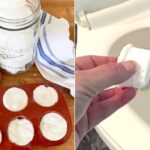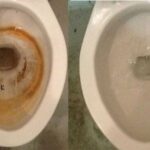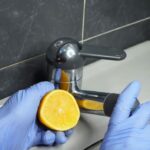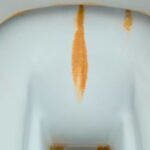Lime scale in the toilet is not only unsightly but also a perfect breeding ground for bacteria, making the toilet extremely unhygienic. While bleach is a common choice for cleaning toilets, it is ineffective against lime scale stains.
According to cleaning experts, lime scale is the result of mineral buildup from hard water. It adheres stubbornly to the porcelain surface, rendering regular scrubbing almost useless. While bleach may temporarily whiten and disinfect, it cannot remove this buildup, leading to a continued risk of bacterial growth.
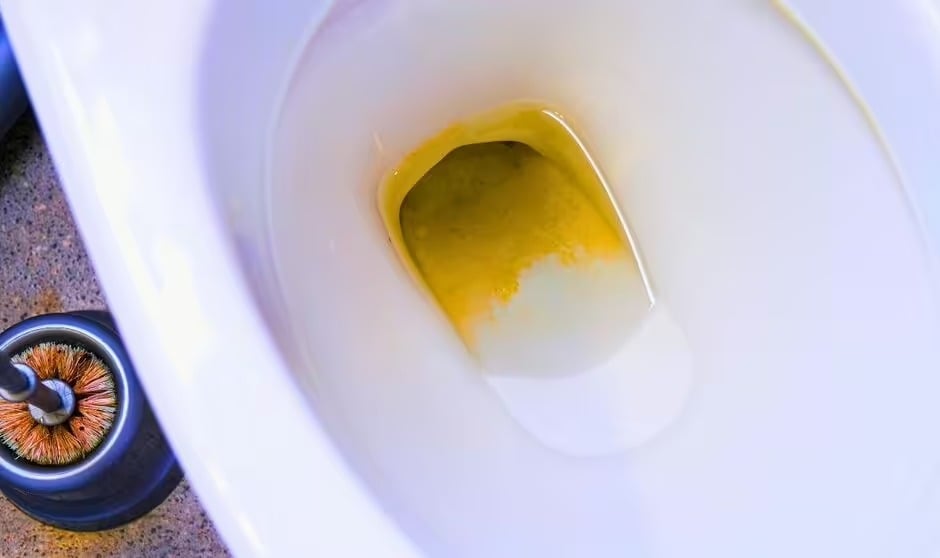
Francesca, a cleaning expert and founder of the blog Thoroughly Modern Grandma, shares that removing lime scale is easily achievable at home by using citric acid, a substance derived from lemons and other citrus fruits.
“Once a week—or less frequently if you don’t live in a hard water area—clean your toilet with citric acid to completely eliminate mineral stains,” advises Francesca.
Citric acid is a potent acid that can easily break down alkaline stains like lime scale. A single proper application will soften and lift the stubborn buildup, making scrubbing far more effective. Moreover, it is a non-toxic and safe cleaning agent as it does not produce toxic fumes like regular bleach.
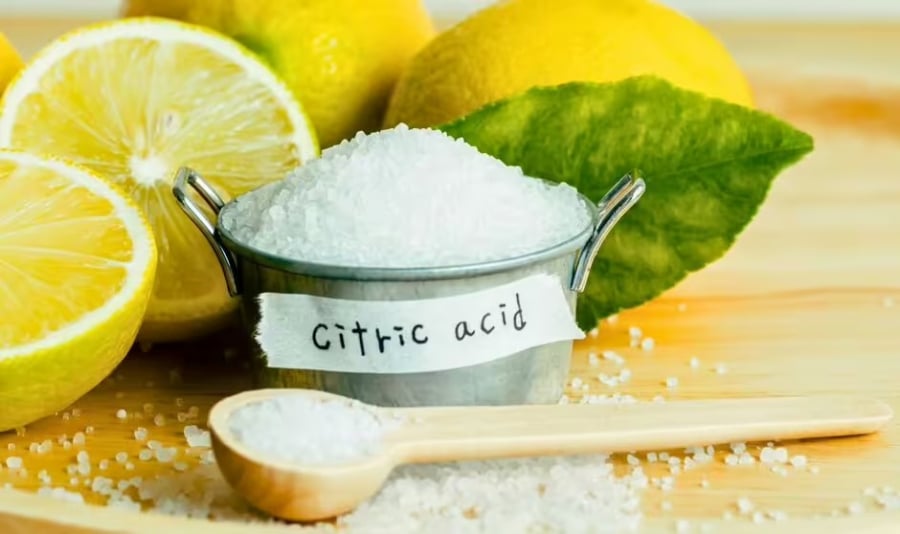
Citric acid is also reasonably priced. In the UK, a 250g box costs approximately £1.75 at Tesco or ASDA (around 55,000 VND). At B&Q, it’s £2.25, and Lakeland offers a 50g box for just 49p.
Here’s how to clean your toilet with citric acid:
Step 1: Pour a bucket of warm water from the tap into the toilet to prepare the surface. Avoid using boiling water directly from a kettle as it may crack the porcelain.
Step 2: Add 400g of citric acid.
Step 3: Let the solution soak for at least one hour. Overnight soaking is ideal for maximum effect.
Step 4: Gently scrub with a toilet brush and flush. The lime scale stains will be gone.
Francesca also recommends that residents in hard water areas—such as the South East of England—maintain weekly citric acid cleaning to prevent new stains. In contrast, those in soft water areas—like Northern England, Scotland, or Wales—can do this once a month.
The Ultimate Guide to Sparkling Stainless Steel: Transforming Grimy, Dull Surfaces into Gleaming Masterpieces
Stainless steel faucets are notorious for showing signs of discoloration over time due to constant exposure to bacteria and grime from hands, water, and soap. Without daily cleaning, these stains can cause the stainless steel to lose its luster, turning dull and yellow, and detracting from the initial appeal of your faucet.

























